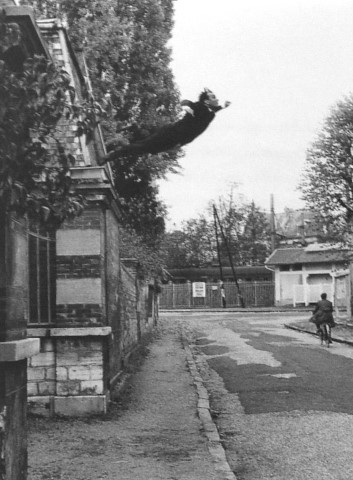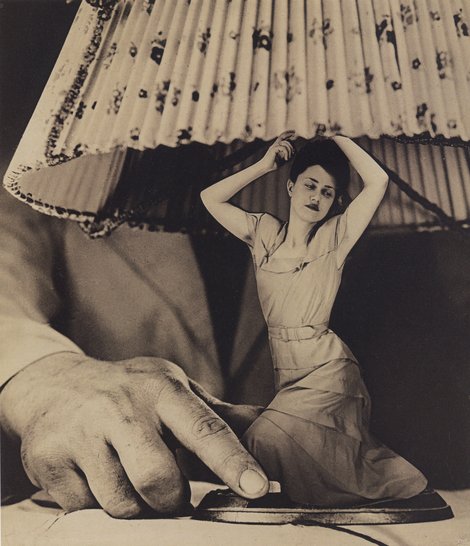‘I would photograph an idea rather
than an object, and a dream rather than an idea.’ - Man Ray
It is tempting, living as we do in an
age of blatant photographic falsehood, to consider the art of
photographic manipulation a relatively recent phenomenon.
Celebrities are airbrushed to the point of absurdity, thighs and
waistlines are routinely trimmed to impossible dimensions and
blemish-free, preternaturally youthful faces stare from magazine
covers - oh, for the days when a photograph could be trusted to
provide nothing more than a direct, unadulterated representation of
the real.

As Mia Fineman points out in this
superlative new work, however, the art of photographic trickery is
actually every bit as old as the medium itself. Since the 1840s
amateur and professional photographers alike have been fastidiously
cropping and retouching their images, producing elaborate composites
artfully designed to fool the eye, adding and excising characters
from shots, utilising multiple exposure and other means to capture
scenes that would otherwise be technically and logistically
impossible, making wrinkles and imperfections disappear - in short,
for a century and a half photographers the world over have been
routinely and expertly employing the sort of visual sleight of hand
that has come to be associated almost exclusively with the digital
age.
The question of motivation - political,
aesthetic, financial or otherwise - comprises much of Fineman’s
brilliant 250-page narrative, which is adorned with hundreds of
colour and black and white images. Almost every photograph
referenced in the text is reproduced, in fact, with many of them
amongst the most important works from masters such as Paul Strand,
Henri Cartier-Bresson, Yves Klein, Grete Stern and Edward Steichen.
Fineman’s history of manipulated photography is breathtaking in its
expansive scope. Her wide-ranging arguments incorporate discussion
of technique, the various photographic schools, censorship, duelling
philosophies on the nature of photographic ‘purity,’ the use of
manipulated photography in wartime propaganda and the falsification
of images in regimes such as that of Stalinist Russia, where
murdered ‘enemies of the people’ were expunged from the photographic
record in an effort to remove any physical trace of their
existence.

In addition to seven sizable and
immersive chapters the book also contains a couple of hugely
worthwhile addendums, principal among which is a 50-page section
entitled ‘Discussions of Individual Works’ which incorporates
analysis of every major work represented in the text. A helpful
Glossary of Technical Terms is also included (anyone else inclined
to forget the difference between an ambrotype and a daguerreotype?)
as well as a fabulous Introduction which sums up in a mere 40 pages
all that is great and lasting about the art of photography.
As this impeccable work emphatically
proves, the camera can and frequently does lie. The story of how
and why it does so comprises one of the most fascinating titles to
ever be produced on the subject of photography, and another
virtuosic entry into the ever-burgeoning InBooks canon.